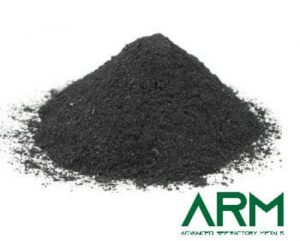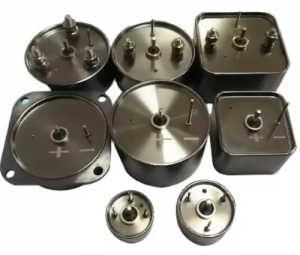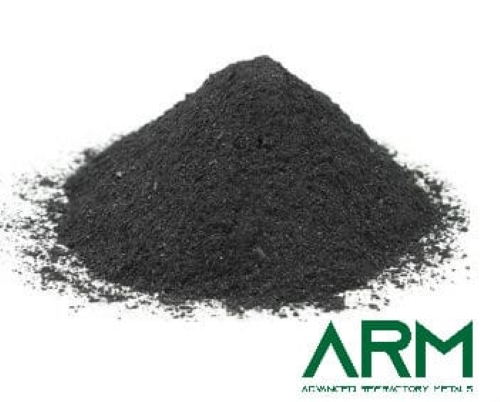Introduction
Capacitor grade tantalum powder is a critical material in the electronics industry, particularly in the manufacturing of capacitors. Tantalum capacitors are highly valued for their stability, reliability, and high capacitance per volume, making them ideal for applications in telecommunications, automotive electronics, and medical devices.

Understanding the nuances of producing and refining this specialized powder is essential for ensuring the highest quality in end products.
What Are Capacitor Grade Tantalum Powder?
Capacitor grade tantalum powder is a finely milled form of tantalum metal specifically designed for use in electronic capacitors. It is known for its high melting point, excellent conductivity, and unique ability to form a stable oxide layer, which serves as an insulator crucial for capacitor functionality. The quality of this powder significantly influences the performance and reliability of capacitors, underscoring the importance of its meticulous production and refinement processes.

Tantalum powder is also available in metallurgical grade, used in alloys and general metallurgical applications, and high purity grade, essential for sensitive uses like semiconductor manufacturing. Each type meets distinct industry standards and is tailored for specific performance needs across various applications.
Related reading: Tantalum Powder Types & Properties
How to Produce Capacitor Grade Tantalum Powder?
The production of capacitor grade tantalum powder involves several intricate steps. Each of them ensures the highest purity and appropriate physical properties:
- Tantalum Extraction: Tantalum is primarily extracted from the mineral ore coltan, which is processed to obtain tantalum pentoxide. This oxide is then reduced using hydrogen or carbon to produce metallic tantalum.
- Powder Formation: The metallic tantalum is converted into powder through various methods. One common technique is the sodium reduction process. Namely, tantalum is dissolved in molten sodium under high temperatures, followed by cooling and washing to remove sodium residues. Another method is the electron beam melting of tantalum ingots, followed by hydride-dehydride (HDH) processing to create fine powder particles.
- Size Classification: The powder is then classified according to particle size. This is a crucial step as the particle size distribution greatly influences the capacitor’s performance. Smaller particles create a larger surface area, which is beneficial for achieving higher capacitances.
- Purification: The powder undergoes further purification to remove impurities such as oxygen, nitrogen, and carbon, which could affect the capacitor’s electrical properties. This is typically done through chemical and thermal processes.
How to Get Quality Capacitor Grade Tantalum Powder?
Ensuring the quality of capacitor grade tantalum powder requires stringent control over the production and refining processes, as well as regular testing and certification:
- Strict Production Controls: Implementing tight controls in every step of the production process helps minimize contamination and ensures consistency in powder characteristics. This includes controlled environments for critical processes and rigorous handling procedures.
- Advanced Refining Techniques: Using state-of-the-art refining techniques such as plasma arc melting or electron beam melting helps achieve higher purity levels and better particle uniformity.
- Quality Testing: Regular testing of the tantalum powder is essential. This includes chemical analysis to determine purity levels, particle size analysis, and physical property testing. Standards set by organizations such as ASTM or ISO provide benchmarks for quality.
Advanced Refractory Metals (ARM) is a premier supplier of tantalum products; renowned for competitive pricing and favorable lead times. ARM specializes in meeting custom specifications and can tailor materials according to the provided specs and drawings. To ensure optimal performance of our tantalum powders, we meticulously control key aspects such as Particle Size, Purity, and Oxygen Content. For more details, please check our homepage.
Conclusion
In essence, the production of capacitor grade tantalum powder involves extracting tantalum from coltan ore, converting it into metallic forms, and refining it through methods like sodium reduction or electron beam melting. By adhering to rigorous standards, manufacturers can ensure that they produce high-quality tantalum powder, thereby enhancing the performance and reliability of the capacitors made from it. The role of this powder in the electronics industry cannot be overstated, as it directly impacts the functionality and efficiency of a wide array of electronic devices.
